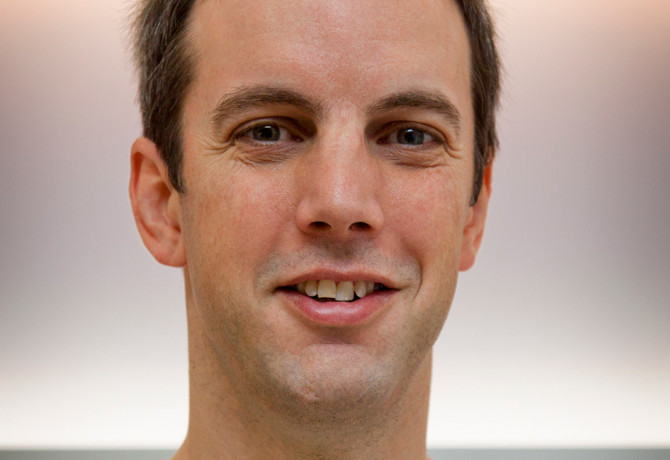Brands need to have a better understanding of the combined power of different media to maximise the impact of their media spend says Duncan Southgate, global brand director, media and digital, at Kantar Millward Brown.
The concept of media synergy is not new
Walt Disney pioneered synergistic marketing techniques in the 1930s by granting the right to use his Mickey Mouse film character in products that would help advertise the film and increase the film’s sales.
But in today’s brave new media landscape, where campaigns are often complex, multi-phased and using a multitude of different digital and offline channels, advertisers need to understand more than ever the impact that combining multiple media is having on the efficiency and effectiveness of their media spend.
Synergies undeniably matter; cross media studies conducted by Kantar Millward Brown show that globally 25% of media effectiveness can be attributed to media synergies, rising to nearly 40% in APAC. These numbers are not only growing but increasingly we are seeing non-TV synergies emerging too. Smart marketers understand how to combine a range of different media beyond, and sometimes including TV, so that they work effectively.
“The combined power of location-synched outdoor and mobile advertising is developing a track record of effectiveness”
While synergies have been around for some time, what is changing are the planning approaches which select and combine channels in a way that maximises impact. In part this is being driven by new delivery technologies (which help enable synergistic media placement) and new measurement techniques (which can track and identify synergies). Our cross-media studies show that getting this right can be more powerful and more important than the effectiveness of any single channel.
To succeed, marketers need to understand how media enhance each other, first through media duplication and phasing, and second through creative synchronisation.
Media duplication is a prerequisite
Media synergies can’t happen until the same person sees a campaign in multiple media. Getting media duplication and phasing right requires marketers to understand the role that each medium needs to play within the broader mix. For example, among campaigns measured by Kantar Millward Brown, around three quarters of online video exposure duplicates TV reach, so the challenge becomes maximising this overlap.
A smart mix of TV and online video might use heavy TV activity to launch the campaign and raise awareness (its strength) in the first few weeks. This would be followed by heavy online video sequenced later in the campaign to deliver a mix of shorter, reminder ads and richer longer-form content to extend the life and impact. This type of plan will play to the strengths of online platforms in providing cost-effective frequency as well as extending and deepening the brand story.
Likewise the combined power of location-synched outdoor and mobile advertising is developing a track record of effectiveness. Outdoor provides the headline positioning, while mobile allows the brand to retarget consumers with content which deepens the brand associations and messaging.
Canon is one brand that has successfully combined mobile and other digital channels. The brand used mobile data to identify consumers who had visited relevant locations such as art galleries and trendy bars to drive them to a digital hub where they could share images.
Creative should be synchronised but customised
To allow creative synchronisation to occur, a ‘big idea’ and consistently deploying an identifiable common theme across channels is important, but so too is adapting the message to the medium.
For example, a 30-second TV ad will not necessarily work as well on YouTube or Facebook because these media have different characteristics. But each offer opportunities for forming different kinds of relationships that meet consumer needs at different times and occasions, so the combination can be especially powerful.
Kantar Millward Brown cross-media studies for TV and online video show that integrated campaigns using the same content show a 48% increase in ROI over campaigns with no integration. But when the content has been customised for each channel the impact on ROI is a 67% improvement. Customisation is especially important for campaigns seeking to build brand associations beyond awareness.
“Getting maximum value means learning to adapt the message to the medium while maintaining a common creative theme”
Toyota’s Swagger Wagon campaign in the US found that the additional effort of customising had particularly powerful brand effects. The music video style of the TV ad was enhanced online with a full-length music video and supplementary content enabled viewers to find out more about individual characters in the ad.
Enhancing this approach with technology, Nike used TV and mobile synching in Turkey to create a locker room experience that brought consumers into the national football team’s changing room, allowing them to feel the passion of the half-time team talk not just on screen via their TV commercial, but also in 360-video.
Synergies, the more technical nitty gritty of a campaign, might seem like a mysterious art, but its power to boost effectiveness makes it an essential part of the planning process.
Getting maximum value means learning to adapt the message to the medium while maintaining a common creative theme. In 2017, marketers need to interrogate every schedule to ensure that every medium has a specific role to play within the broader mix.








